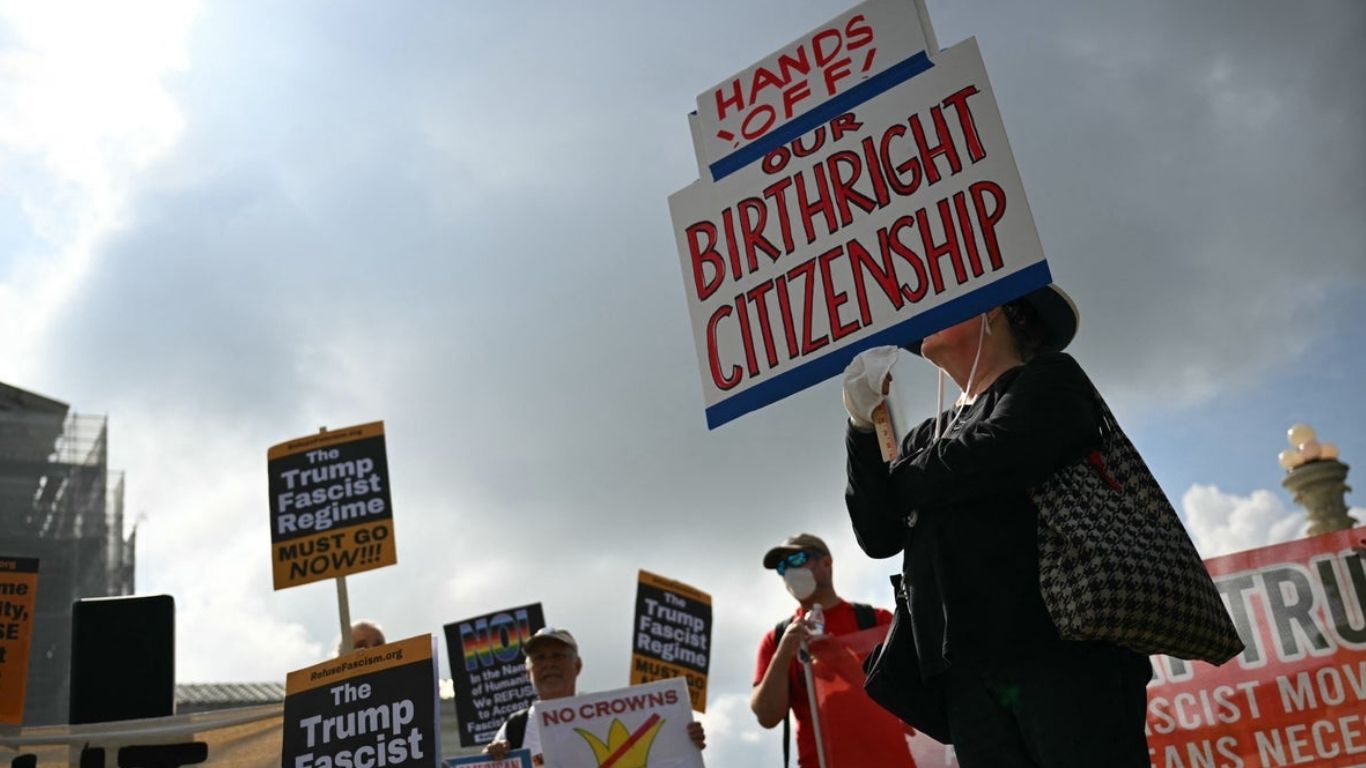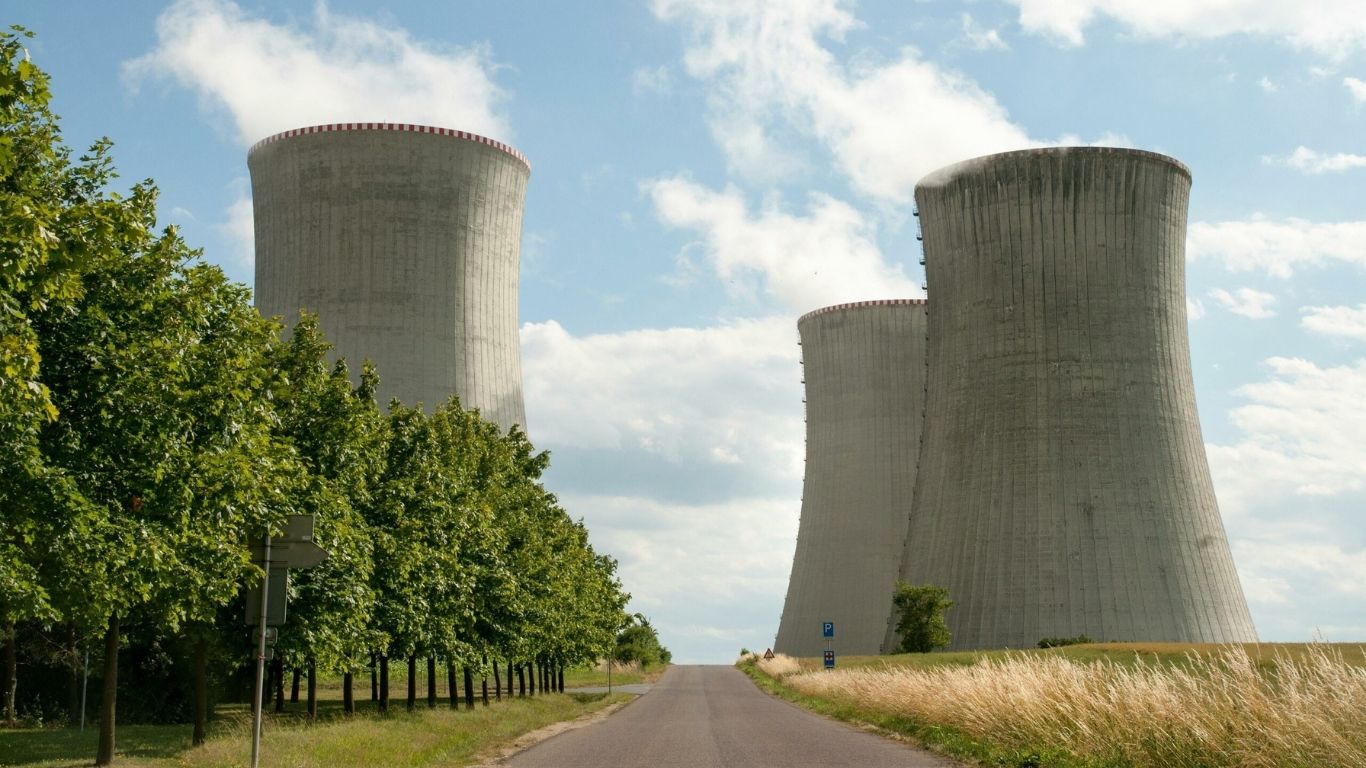In a world where geopolitics and dinner plates collide, China’s recent decision to partially lift its two-year ban on Japanese seafood imports feels like a sardonic wink at diplomacy. Announced on a quiet Sunday via a customs notice, Beijing has cracked open the door ever so slightly for seafood from “certain regions” of Japan to slide back onto Chinese tables. But don’t pop the champagne just yet. This isn’t a love letter; it’s a calculated footnote in a tense relationship.
Let’s cut through the fog. The move, effective immediately, allows imports of aquatic products like fish and shellfish from select Japanese regions, but it comes with a leash conditional approval based on China’s own sampling and long-term international monitoring of Japan’s Fukushima nuclear plant water releases. The catch? Ten Japanese prefectures, including Fukushima, remain persona non grata. The question isn’t just why now, but what’s the real game here?
A Brief History of Bad Blood
To understand this, we need to rewind. In July 2023, China slammed a blanket ban on seafood from 10 Japanese prefectures Fukushima, Gunma, Tochigi, Ibaraki, Miyagi, Niigata, Nagano, Saitama, Tokyo, and Chiba. This wasn’t a random act of culinary snobbery. It was a direct response to Japan’s plan to release treated wastewater from the Fukushima Daiichi nuclear plant, damaged in the 2011 earthquake and tsunami, into the Pacific Ocean. Despite Japan’s assurances that the water was safe, Beijing wasn’t buying it. The ban was less about fish and more about flexing diplomatic muscle.
The International Atomic Energy Agency (IAEA) backed Japan, stating the water release met international safety standards (IAEA Report). China, unimpressed, called it “nuclear-contaminated” water and doubled down. The ban gutted Japan’s seafood industry, with exports to China a $500 million market plummeting overnight. Fishermen in Hokkaido and beyond were left holding empty nets, while sushi restaurants in Shanghai swapped Japanese scallops for local alternatives.
Now, two years later, China’s customs notice claims “no abnormalities” were found in their tests, and Japan has shown “commitment” to ensuring export safety. Sounds like progress, right? Not so fast.
The Fine Print: What’s Allowed and What’s Not
The partial lifting applies to aquatic products, including edible fish, crustaceans, and mollusks, from regions outside the blacklisted prefectures. Think Hokkaido shrimp or Kyushu mackerel. But Fukushima and its nine neighbors remain off-limits, their seafood still deemed too risky by Beijing’s standards.
This isn’t a full-throated endorsement. China’s customs service emphasized “conditional” resumption, with ongoing scrutiny of Japan’s water discharge process. Translation: Beijing’s keeping a magnifying glass on Tokyo, ready to yank the plug if anything smells fishy pun intended.
Why the shift? Some analysts point to domestic pressures. China’s seafood market, worth billions, has felt the pinch of limited supply. Local producers couldn’t fully fill the gap, and consumers grumbled about higher prices. Others see a diplomatic olive branch, albeit a brittle one, as China navigates trade tensions with the U.S. and Europe. Easing up on Japan could be a way to signal flexibility without losing face.
“This isn’t reconciliation; it’s a transaction,” says Dr. Lin Mei, a trade analyst at Peking University. “China’s saying, ‘We’ll play ball, but only on our terms.’”
The Fukushima Factor: Science or Suspicion?
At the heart of this saga is Fukushima’s treated wastewater. Japan insists it’s safe, filtered to remove most radioactive isotopes except tritium, which is diluted to levels far below international limits (Japan Ministry of Environment). The IAEA agrees, and so do independent monitors from South Korea and the U.S. But China’s narrative hasn’t budged: the water’s a threat, and Japan’s reckless for dumping it.
Here’s where it gets murky. China’s own sampling, cited in the customs notice, found no issues. Yet the ban on 10 prefectures holds firm, suggesting Beijing’s concerns are as much political as scientific. “It’s a classic case of trust but verify except the trust part’s missing,” quips Hiroshi Tanaka, a marine biologist based in Tokyo.
The science is straightforward. Tritium, a naturally occurring isotope, is present in rainwater and even human bodies. Japan’s release plan spreads it over decades, minimizing impact. But for China, the optics of Fukushima a name synonymous with nuclear disaster are a propaganda goldmine. By keeping the ban on Fukushima’s seafood, Beijing can claim vigilance while slowly reopening trade.
The Bigger Picture: Geopolitics on a Plate
Let’s zoom out. This isn’t just about fish; it’s about power. Japan and China have been at odds for years over territorial disputes in the East China Sea, historical grievances, and competing influence in Asia. The seafood ban was a low-hanging fruit for China to jab at Japan without escalating to tariffs or military posturing.
Now, with global trade under strain, China’s tweaking its playbook. The partial lift could be a nod to Japan’s new prime minister, Shigeru Ishiba, who’s signaled a pragmatic approach to China (Reuters). Or it might be a hedge against economic isolation as China faces potential U.S. tariffs under a possible second Trump term. Either way, it’s less about goodwill and more about strategy.
“Diplomacy is like sushi looks simple, but every slice matters,” says Mei Lin, with a smirk. “China’s not eating the whole roll just yet.”
What’s Next for Japan’s Fishermen?
For Japan’s seafood industry, the partial lift is a lifeline, but it’s frayed. Exporters in unaffected regions like Hokkaido can breathe easier, but those in Fukushima and nearby prefectures are still stuck. The ban’s persistence stings, especially since Japan’s testing shows no contamination in their catch (Japan Fisheries Agency).
Local fishermen are caught in the crossfire. “We’re not dumping radioactive fish,” says Taro Sato, a third-generation fisherman from Miyagi. “Our waters are clean, but China’s playing politics with our livelihoods.”
The economic ripple is real. Japan’s seafood exports to China dropped 40% after the 2023 ban, costing billions of yen. While the partial lift may claw back some losses, the stigma around Fukushima lingers, even in markets beyond China.
The Verdict: A Half-Empty Net
So, is this a turning point or a mirage? China’s move to ease the ban is a pragmatic step, but it’s laced with skepticism. By keeping Fukushima and its neighbors on ice, Beijing maintains leverage while testing Japan’s resolve. For Japan, it’s a chance to rebuild trade, but only if they play by China’s rules.
The truth, as always, is messier than the headlines. This isn’t a story of reconciliation or betrayal it’s a chess game where both sides are playing for keeps. For now, the fish are swimming back to China’s markets, but the waters remain choppy.
“In geopolitics, even a fish comes with strings attached,” Tanaka says, shaking his head.
As the world watches, one thing’s clear: this partial thaw is less about trust and more about testing the waters literally and figuratively. Will it lead to a broader détente? Or is it just another move in a game neither side can win? Time, and perhaps a few more sushi rolls, will tell.


